A Place Where Culture and Technology Accumulated Through Exchange City of Onojo
Onojo City possesses Mizuki Fortress and Ono-jo Fortress, built with advanced civil engineering technology. Cultural assets that speak to the technological and cultural exchange are spread throughout town, such as the Ushikubi Kiln site, which led ceramic industry in Kyushu with its sophisticated pottery technology, and the Zenichida Burial Mounds, which suggest ties with ironware production and the Chinese writing system.
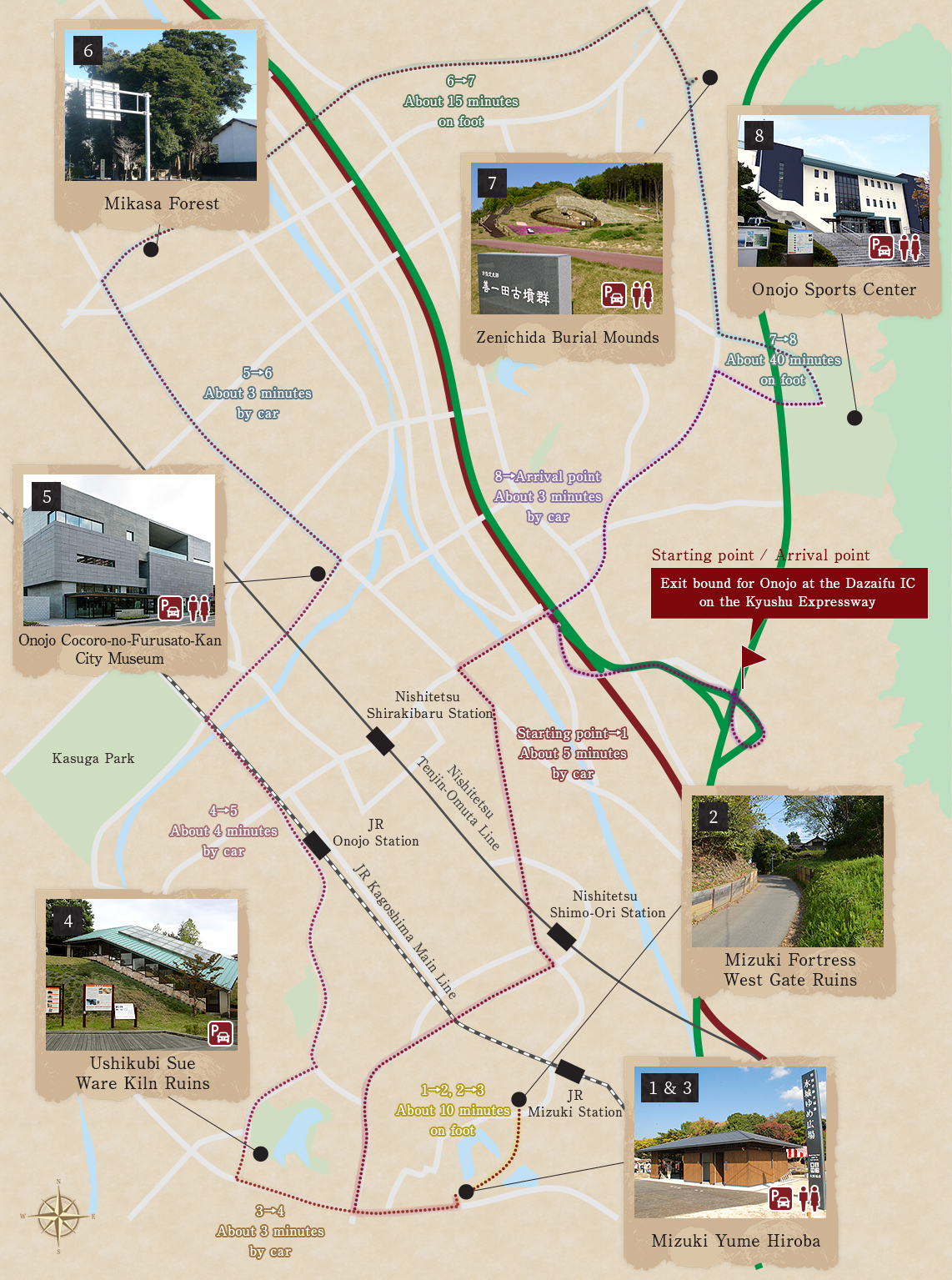
 Parking
Parking
 Restrooms
Restrooms
Exit bound for Onojo at the Dazaifu IC on the Kyushu Expressway
About 5 minutes by car
A Hub of Information on the Mizuki Fortress Ruins Mizuki Yume Hiroba
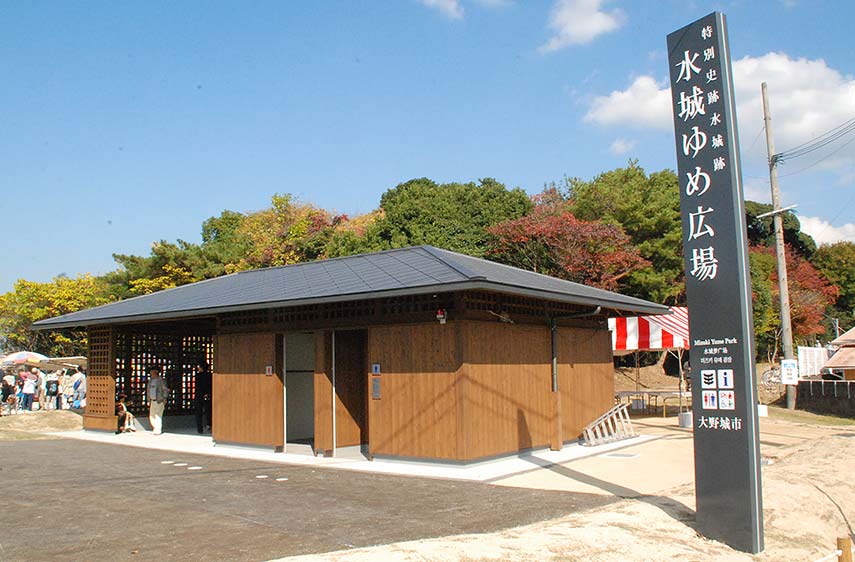
Mizuki Fortress Ruins spanned a length of 1.2 km, blocking off the plains. Located on a hill on the western edge of the castle is Mizuki Yume Hiroba, the western gateway to a stroll around Mizuki Fortress with commentary boards that provides an overview of the site. The path from here to the ruins of the West Gate of Mizuki Fortress is perfect for understanding the location and structure of Mizuki Fortress ruins.



About 10 minutes on foot
the Gateway to the Wester Capital That Welcomed Foreign Envoys Mizuki Fortress West Gate Ruins
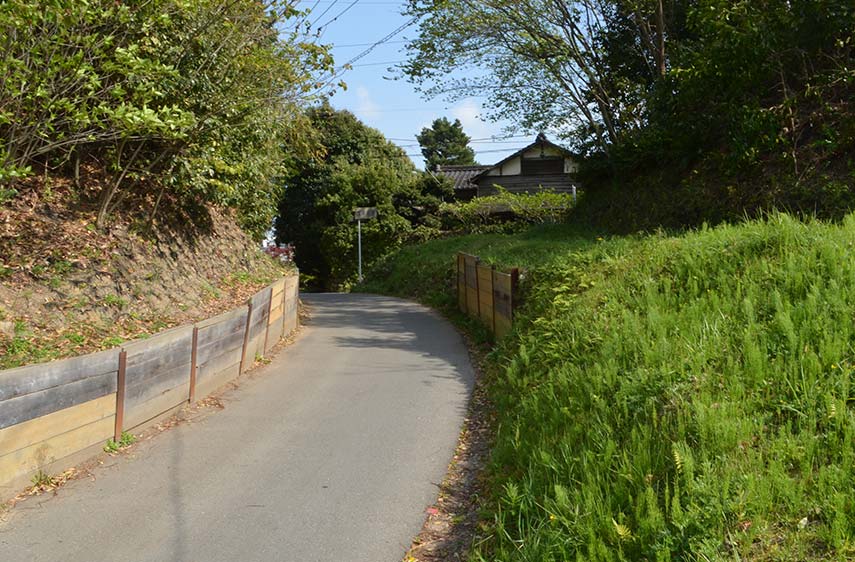
Built in 664, this is the first fortress built in Japan, made using Baekje construction techniques. After Dazaifu was established, this fortress served as a line of defense to protect the outer walls. Passing through the West Gate of Mizuki Fortress was the official road used by foreign envoys who, after arriving at Hakata Bay, would head to Dazaifu.

About 10 minutes on foot
Mizuki Yume Hiroba
About 3 minutes by car
The Largest Pottery Production Area in Antiquity Ushikubi Sue Ware Kiln Ruins
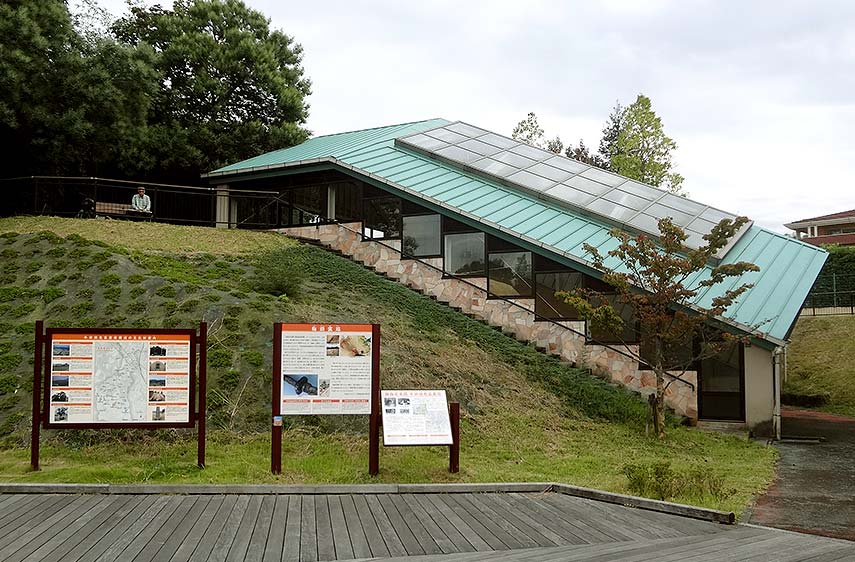
One of the largest production areas for Sue-ware pottery in western Japan, operated from the middle of the 6th century to the 9th century. Sue-ware is ceramic earthenware introduced from the Korean peninsula. The existence of more than 300 kilns have been confirmed, and the Umegashira Kiln Ruins in particular has gained attention as a rare archaeological site that was apparently converted from a kiln into a tomb.


About 4 minutes by car
A Wide Variety of Cultural Assets at Onojo Cocoro-no-Furusato-Kan City Museum
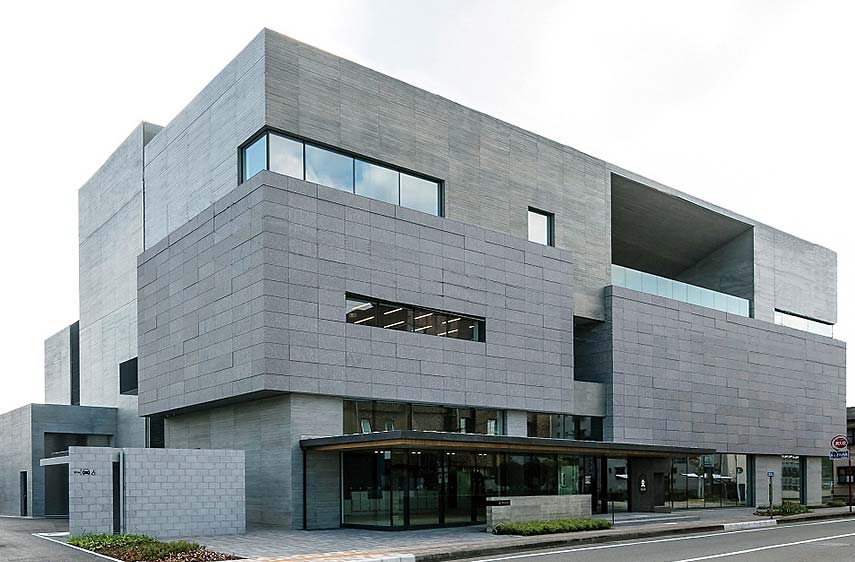
Visitors to the Cocoro-no-Furusato-Kan City Museum can see cultural assets excavated within the city that show the characteristics of each era, from the Paleolithic to the early modern, starting with engraved Sue-ware excavated from the Ushikubi Sue Ware Kiln Ruins. The museum has many things to see, including projection mapping that introduces the origins of Mizuki Fortress and Ono-jo Fortress, a nationally-designated special historic site.



About 3 minutes by car
written of in the Man'yoshu Mikasa Forest

Mikasa Forest is close to the official road leading from Dazaifu to the capital that watched over the coming and going of the people here. Dazaifu Governor Otomo no Tabito wrote a love poem that mentioned this forest, and a monument to poetry of the Man'yoshu has been built within the forest.

About 15 minutes on foot
Telling of the Exchange of Advanced Culture Zenichida Burial Mounds
A dense cluster of nearly 30 burial mounds built from the latter half of the 6th century to the latter half of the 7th century that is considered to have been for multiple families spanning four generations. Silla pottery, Sue-ware, and decorative items such as comma-shaped jewels and tube-shaped beads have been excavated, suggesting exchange with the Korean Peninsula.
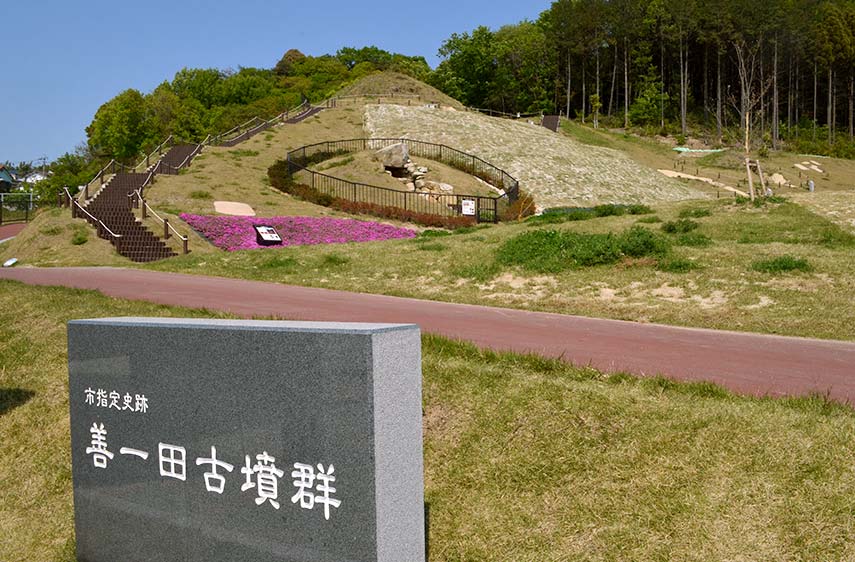



About 40 minutes on foot
Under the Protection of Ono-jo Fortress Onojo Sports Center
Stamps for the 100 Famous Fortresses of Japan are available here. Those with strong legs can climb to the top of Ono-jo Fortress Ruins from here via the Ono-jo Fortress Forest Road-Ono-jo Fortress Historic Path. (120 minutes round-trip on foot) Even if you don't go to the summit, there are lookout points along Oki Forest Road. (60 minutes round-trip on foot)
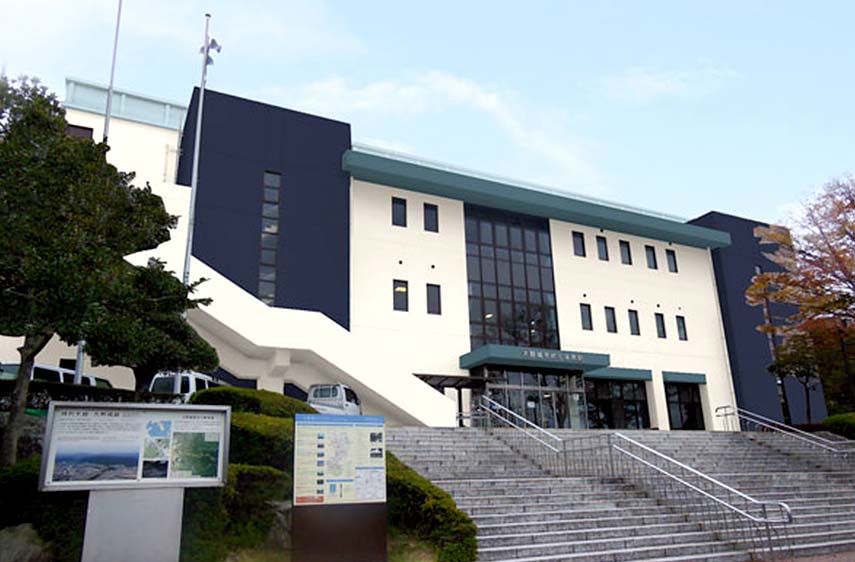



About 3 minutes by car
The Dazaifu IC on the Kyushu Expressway

